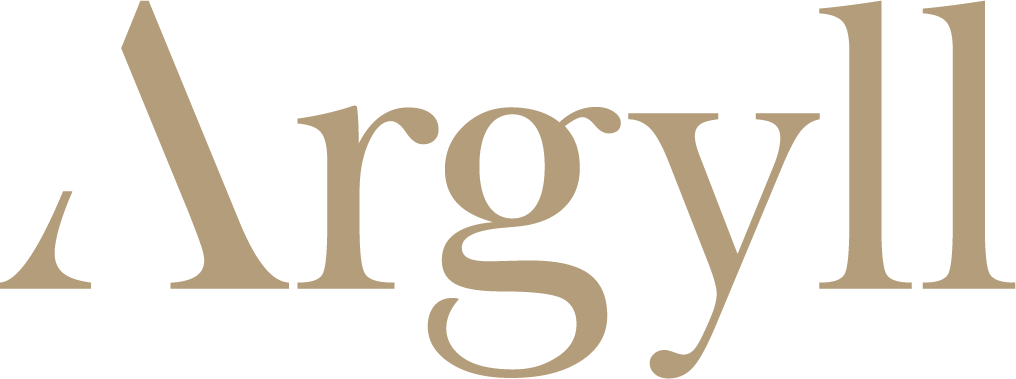Over the past decade we’ve witnessed the rise of co-working and a proliferation of flexible office environments, however, during lockdown a whole range of new workspace models has begun to emerge to satisfy post-COVID office needs. We’ve seen new models introduced around safety and convenience, such as lower density workspaces and occupancy sensors that accurately track the density in given areas in real-time, plus businesses providing dedicated workspaces for teams to get together on one-two days a week and then dissipate to work remotely. Corporations such as Standard Chartered are exploring the idea of bringing the workplace to employees with satellite offices in residential neighbourhoods, and hospitality brands are getting in on the act with Starbucks, Ministry of Sound and Crowne Plaza Hotels all trialling new workplace formats.
According to a global survey by CBRE, 81% of respondents expect at least half of their workforce to be office-based in the future and 73% support these ‘office-based’ employees in balancing their time between the office, home and other third places. With workplaces distributed in this way, new technology is emerging to connect dispersed teams. Facebook introduced their Infinite Office this September, a VR product that creates a flexible virtual office space and allows meetings in any location using the Oculus headset; users control multiple displays with their hand gestures and can toggle between full VR and mixed VR. Facebook plans to roll out the product as an experimental release as early as winter this year.
Ultimately there is no one-size-fits-all solution and CBRE have found that a growing majority anticipate more choice over when and where they work. At The Argyll Club, we’re seeing the emergence of ‘mix and match’ functions, which allow customers to choose the combination of products that works best for them, such as a day office a certain number of times per month plus meeting room access or coworking space for team members, and so on. We’re also seeing demand grow from corporates for individual employee memberships which allow their people to work from different serviced office locations, providing more flexibility in their work, whilst at the same time providing a consistently high quality of experience.
As the UK begins its mass vaccination rollout, there is hope for a more regular return to the office in 2021 and this comes in the nick of time as, according to Cushman & Wakefield, the grand experiment of lockdown has brought us face to face with the downsides of the virtual workplace and benefits of the physical office, including its positive effect on productivity, innovation and creativity, company culture, and employee engagement. While the world emerges from pandemic, defining your business’s future footprint has never been more important. Next week we’ll look further into new workspace models with the evolution of the office into brand clubhouse.

